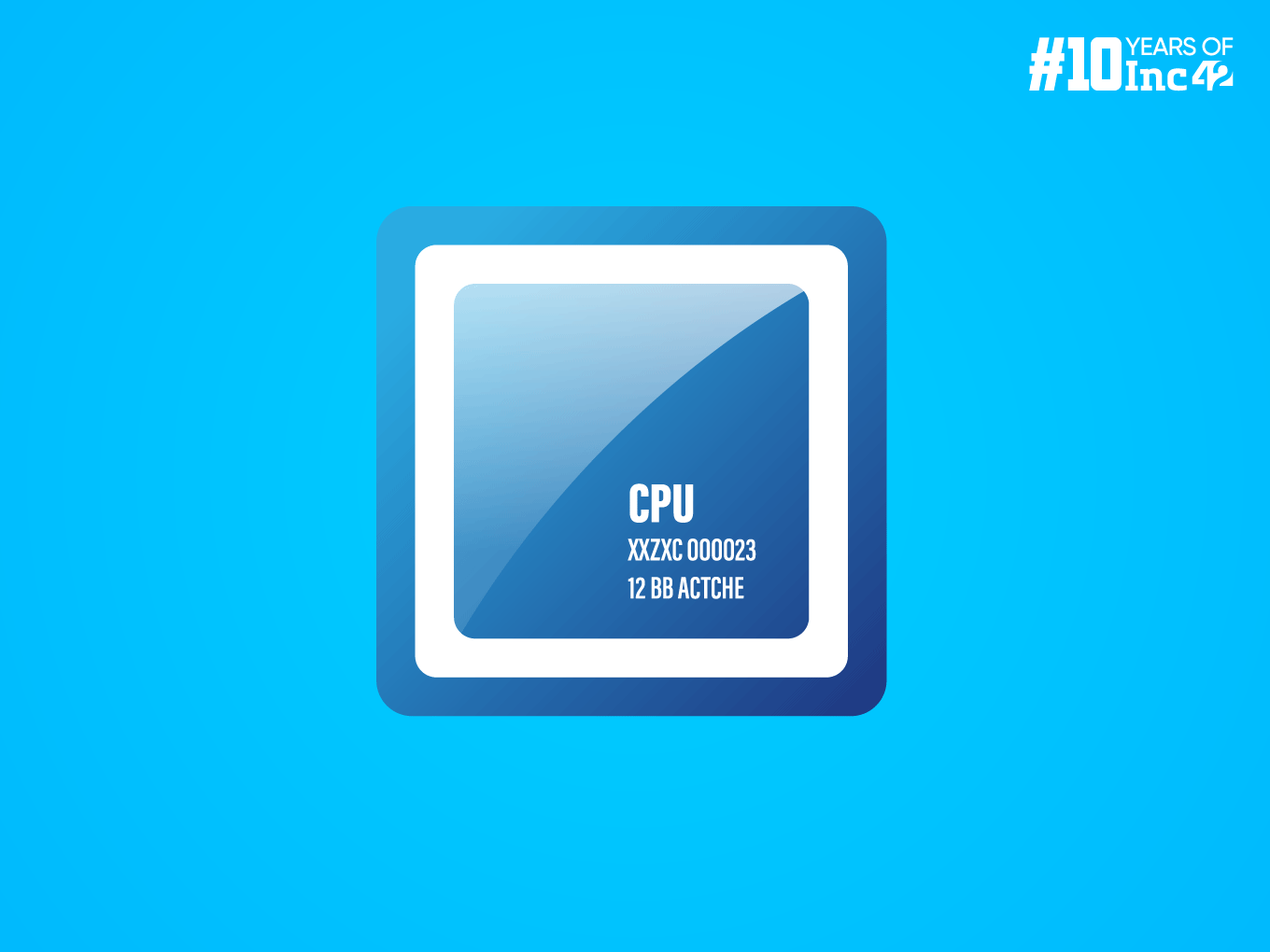What Is A Microprocessor?
A microprocessor is a complex, programmable integrated circuit (IC) on a single chip that can execute instructions. This generally includes CPUs found in computers but also refers to the microcontrollers used in simpler devices like calculators or appliances.
The microprocessor is the brain of modern computing. A typical microprocessor can comprise thousands to billions of electronic components such as transistors, capacitors, and diodes, among others, fabricated on a single silicon chip using very-large-scale integration (VLSI) technology.
How Is A Microprocessor Made?
Manufacturing a microprocessor is a complex process, involving extreme precision and cutting-edge technology. The following is a simplified breakdown of the key steps:
Building The Foundation: Silicon Wafers
- The base for a microprocessor is a thin slice of silicon, a material adept at conducting electricity under certain conditions.
- High-purity silicon is extracted from sand, processed into ingots, and then sliced into incredibly thin wafers.
- These wafers are polished to a mirror-like finish to create a perfect canvas for the intricate circuitry.
Lithography: Etching The Circuitry
- Lithography, a process similar to photography, is used to transfer circuit patterns onto the silicon wafer. The following are steps that encapsulate this process:
- Photoresist: A light-sensitive material is coated on the wafer.
- Masks: These act like stencils, containing the intricate patterns of the microprocessor’s circuits.
- Light: Ultraviolet (UV) light is shone through the mask, hardening the photoresist in exposed areas. The unexposed areas remain soft.
- Developing: The wafer is washed with a chemical solution, selectively removing the softened photoresist. This leaves behind the hardened photoresist pattern on the silicon.
- Etching: The exposed silicon is then etched away using chemicals or plasma, creating the tiny transistors and pathways that form the microprocessor’s core.
Doping & Ion Implantation: Creating Transistors
- Transistors, the building blocks of a microprocessor, are formed by strategically introducing impurities (dopants) into specific areas of the silicon.
- This process, called doping or ion implantation, alters the electrical properties of the silicon, enabling it to function as a switch, the fundamental element of a transistor.
Metal Deposition And Interconnection
- A thin metal layer is deposited on the wafer to create electrical connections between transistors and other components.
- This metal layer is carefully etched to form the intricate pathways that carry electrical signals throughout the microprocessor.
Testing and Packaging
- The completed wafer is rigorously tested to identify and eliminate any defects. Faulty microprocessors are discarded.
- The functional microprocessors are then diced from the wafer and individually packaged to protect the delicate circuitry.
Moore’s Law & The Future Of Microprocessors
Moore’s Law is reaching its physical and economic limits. As miniaturising transistors to the atomic level becomes increasingly expensive and impractical, the focus will shift towards getting more performance out of the existing number of transistors.
This means developing more efficient chip designs and architectures and moving towards specialised processors for specific tasks like AI or graphics processing, alongside general-purpose CPUs.
Here are some areas of exploration for the future of microprocessors:
- 3D Chip Stacking: This involves stacking multiple layers of chips to create more processing power in a smaller footprint.
- New Materials: Exploring materials beyond silicon that may offer better properties for miniaturisation or efficiency.
- Neuromorphic Computing: Inspired by the human brain, these processors aim to mimic how the brain processes information for tasks like image recognition.
- Quantum computing: While still in its early stages, this technology harnesses the principles of quantum mechanics to solve problems intractable for classical computers.
____________________________________________________________________________
Past & Present Of Microprocessors
Early Days (1970s)
The birth of the microprocessor is generally traced back to the Intel 4004 in 1971. This 4-bit processor, containing only 2,300 transistors, was originally designed for calculators. It was a simple chip by today’s standards, but it paved the way for more complex designs.
The 1970s saw a shift towards 16-bit microprocessors, offering better processing power. The Intel 8080 and Motorola 6800 were popular examples, enabling the development of early personal computers.
Advancements & Moore’s Law (1980s-1990s)
The 1980s witnessed the rise of 32-bit microprocessors, like the iconic Intel 80386. These processors boasted significantly more power, allowing for complex operating systems like Windows and the development of graphical user interfaces (GUIs).
This was also around when Moore’s Law, ideated by Gordon Moore, was first proposed. It observed that the number of transistors on a microchip doubles roughly every two years, leading to exponential growth in processing power.
Modern Era (2000s-Present)
The new millennium introduced 64-bit microprocessors, like the Intel Pentium 4 and AMD Athlon 64. These processors could handle much larger amounts of data, enabling progress in multimedia, gaming, and scientific computing.
Further, multi-core processors became the norm, with multiple processing cores on a single chip. This allowed for parallel processing, significantly improving performance for tasks that could be divided.








